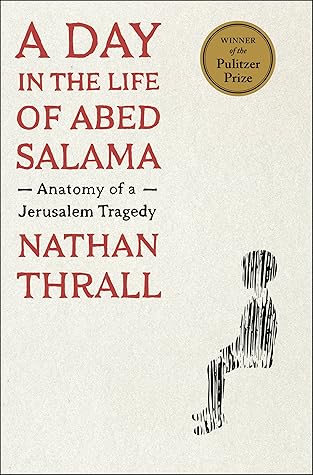More on this book
Community
Kindle Notes & Highlights
Read between
April 22 - April 28, 2024
In Anata, the government seized the land piece by piece, issued hundreds of demolition orders, annexed part of the town to Jerusalem, erected a separation wall to encircle its urban center, and confiscated the rest to create four settlements, several settler outposts, a military base, and a segregated highway split down the middle by another wall, this one blocking the settlers’ sight of Palestinian traffic. The town’s natural pool and spring was turned into an Israeli nature reserve, which was free to the settlers of Anatot but charged admission to the people of Anata. The road to the spring
...more
With everyone suffering from Israel’s determination to smash the uprising, signs of opulence and class distinction were avoided—strident secularists even adopted the hijab to show national solidarity.
Shuafat Camp was also a haven for drug addicts and dealers, and Abed saw Israeli soldiers there buying hash and more. Somewhere else this might have been just a social problem, but in the Palestinian context it was a national liability.
Although settling the West Bank had been Israel’s primary national project for decades, supported by every Israeli government, whether center-left or right, Ibrahim’s friends in the IDF claimed that the policy was really an aberration, driven by a small group of religious fanatics who were not representative of the state. Ibrahim believed them.
Eleven of the twelve ministers in the first Israeli government were Ashkenazi immigrants.
“It doesn’t matter if you’re on the left or the right. The fact that someone’s celebrating people’s death requires us to stop for a moment and ask, How the hell did we get here?”
“We have extremists in our society,” he replied. “And you do, too.”


